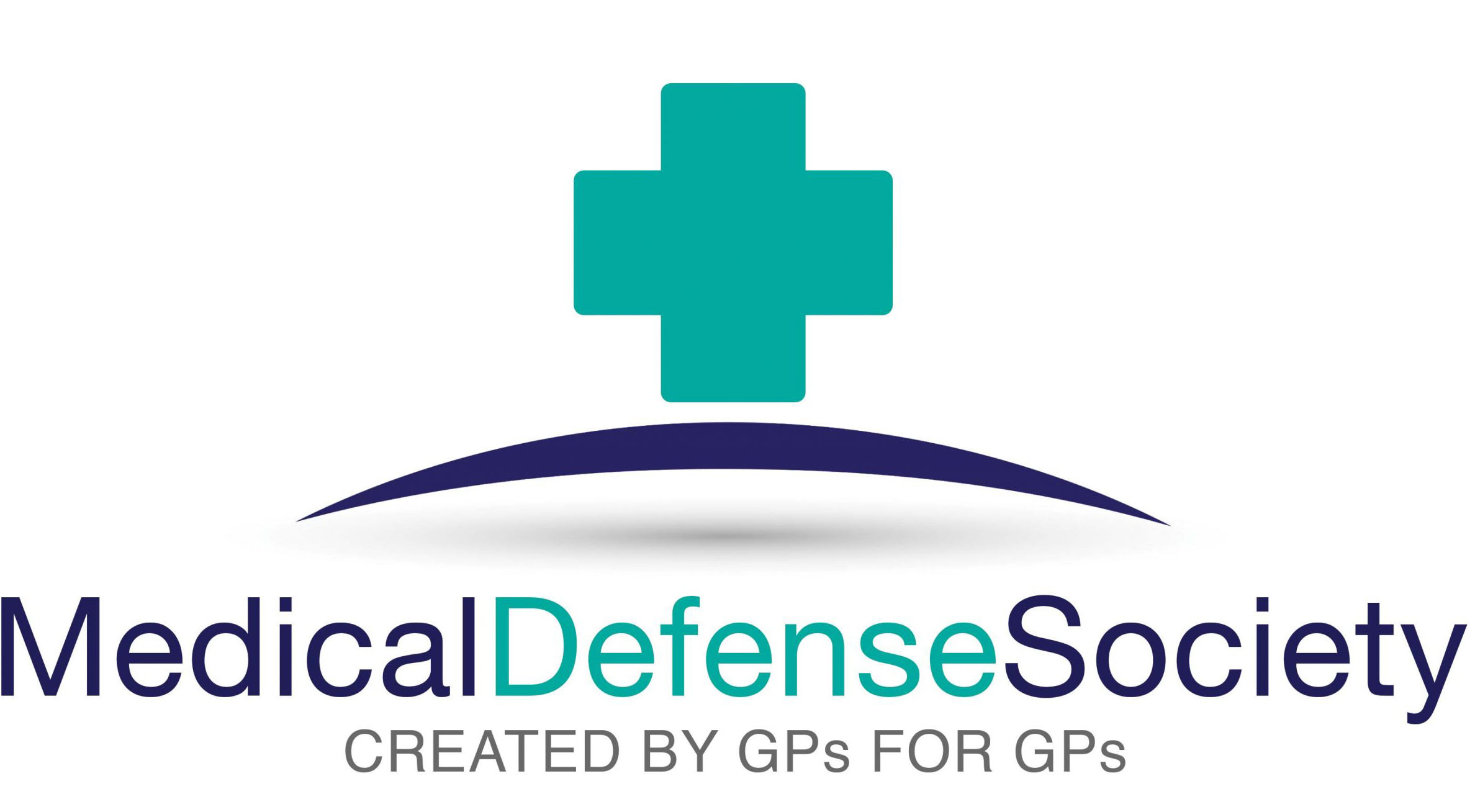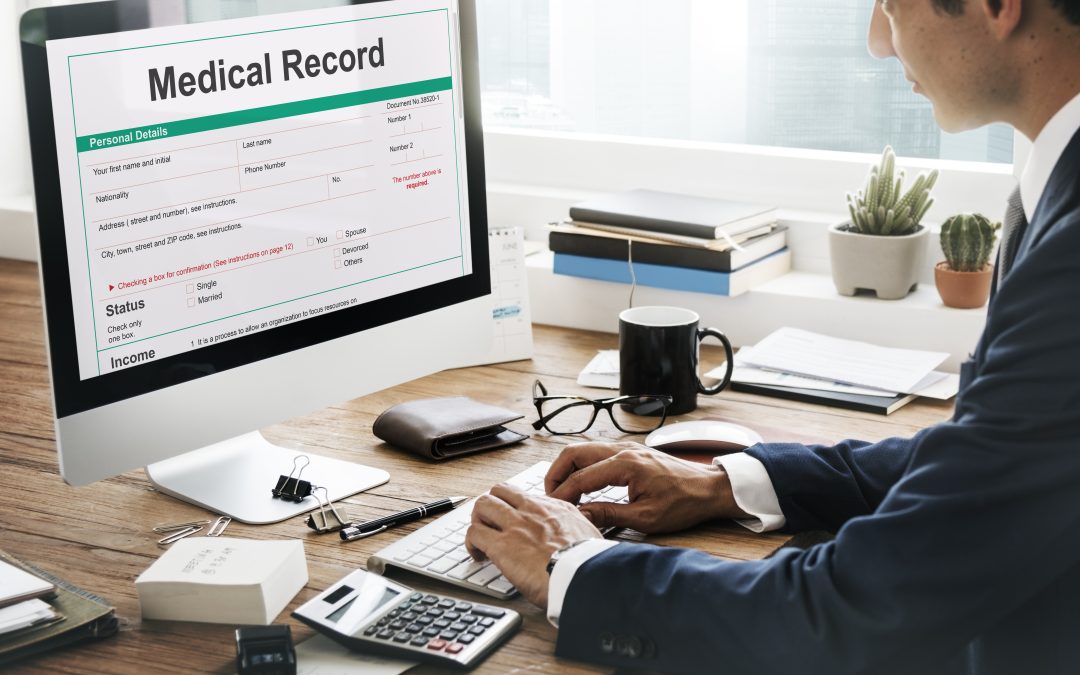Record keeping is a fundamental responsibility for GPs, supporting high-quality patient care and clinical decision-making. Accurate and timely health records not only guide ongoing care and promote continuity across providers but also empower patients with information about their health and serve as critical evidence should a GP’s clinical judgement come under review.
With patients increasingly having access to their medical records, GPs must remain mindful that the information they enter may be read and interpreted directly by patients. Meanwhile, technological advancements, including the use of AI, are rapidly transforming how records are created.
In the evolving landscape, this article provides a timely reminder of best practice guidance for maintaining clear and accurate medical records.
The multiple purposes of medical records
It is worth remembering that the primary purpose of medical records is to support direct patient care, ensuring that you and your colleagues have accurate information available to guide future consultations and healthcare decisions. They enable continuity of care between appointments, clinicians, and healthcare settings, so that vital information can be shared where needed.
Medical records also serve as a contemporaneous record of care and treatment decisions, offering essential evidence if your clinical judgement is ever questioned.
Additionally, high quality records are needed to support a range of secondary functions, including administrative processes, clinical audit, organisational planning, and research activities.
GMC guidance for creating patient records
To comply with Good Medical Practice (2024), the General Medical Council (GMC) says that you must make patients’ records ‘clear, accurate, contemporaneous and legible’. You should create them at the time of the event, or as soon as possible afterwards, and include key details:
- Relevant clinical findings
- Drugs, investigations or treatments proposed, provided or prescribed
- Information shared with patients
- Concerns or preferences expressed by the patient that might be relevant to their ongoing care, and whether these were addressed
- Information about any reasonable adjustments and communication support preferences
- Decisions made, actions agreed (including decisions to take no action), who made the decisions, and when/whether decisions should be reviewed
- Who is creating the record and when.
Medical records can be held in a variety of formats including paper, digital, emails and text messages, X-rays, photographs, or visual or audio recordings. Always document who has provided any information that comes from other sources. Note that where visual or audio recordings are made by a patient, they are owned by the patient and do not have to be stored with their medical records.
Additionally, correspondence about complaints is not directly relevant to a patient’s clinical care and should be kept separately from their medical record.
Guidance on records management
Your practice should maintain approved policies and procedures for records management, led by a designated member of staff (likely the practice manager). These should cover data security as well as storage and retention of records:
- Keep records containing personal information about patients or others securely, in compliance with General Data Protection Regulation and Data Protection Act 2018. Also follow the GMC guidance on Confidentiality: good practice in handling patient information.
- Observe guidance from the UK health departments regarding how long medical records should be retained, according to the type of record and your jurisdiction.
Consequences of poor record keeping
Unfortunately, when GPs work under pressure and with inadequate communications systems, there is a risk of documentation errors. Worryingly, a poll by Healthwatch revealed that 23% of patients reported missing information or inaccuracies in their records.
Such errors could have important consequences for the safety, quality and consistency of patient care. Poor record keeping can also be used as evidence against GPs in complaints or legal proceedings. Moreover, a lack of accurate documentation makes it difficult to respond to any complaints or claims, or legal requests for information.
Top tips for successful documentation
Accuracy: To avoid any errors in your documentation, create entries in real time or as soon as possible after the interaction, and make sure you double check key details before submission. Is the record complete and are you entering it against the correct patient’s name?
Where notes have been dictated and transcribed by a third party, or generated by AI software, review them for accuracy before you sign them. The same goes for any reports, results or letters before they are attached to a patient’s record. If any follow up action is required, ensure that the relevant team members are notified.
Clarity: Ensure that you write patients’ notes in a professional manner and that any handwriting is legible. Use standard coding and templates where appropriate, as these promote consistency, accuracy and speed of data entry, as well as facilitating secondary uses of the data.
Avoid the use of non-standard acronyms or ambiguous abbreviations; this is especially important to avoid misunderstandings when records are accessed by other members of the healthcare team or by patients. When you cannot verify information provided by a patient, be careful to use qualifying phrases such as ‘the patient said …’.
Transparency: If you become aware of any errors or omissions in a record, it is important to acknowledge and correct them. However, do not try to delete or change an existing note. If a record needs to be amended, add a new note; a clear audit trail is required to show what has been amended and by whom, and it is good practice to indicate the reasons for the amendment along with the date and time of change. Most health record systems in use enable such amendments to be made according to best practice.
In Good Practice Guidelines for GP electronic patient records and High-quality patient records, NHS England provides further information and practical advice for ensuring the quality of medical records.
Keeping up with the evolving landscape
Increasing patient access: Since patients have the right to access their medical records, through Subject Access Requests or via the NHS App, you must ensure that each record you make is factual and objective, without any subjective comments about patients or others.
Keep in mind that as part of the NHS 10-year plan, the government intends to give patients access to their full medical record in the NHS app ‘by default’ from 2028. The plan also includes a new legal duty for GP practices and other NHS providers to share patient data in a ‘single patient record’, so that all have access to the same patient information.
Use of AI: As technology advances, AI tools are increasingly being used by GP practices to help cut time spent on documentation and other administrative tasks. However, it is important for practices to be aware that these come with potential risks for patient safety and data protection. Both the BMA and RCGP have warned about the risks of implementing AI technology in general practice. Guidance is available from NHS England on the use of AI-enabled ambient scribing products, and from the BMA on the Principles for AI and its application in healthcare.
Before using AI tools, check that you have appropriate indemnity and that the intended use will comply with data protection legislation.
If you need advice about patient record keeping, or wish to check your indemnity arrangements, please ask the team at Medical Defense Society.


Recent Comments